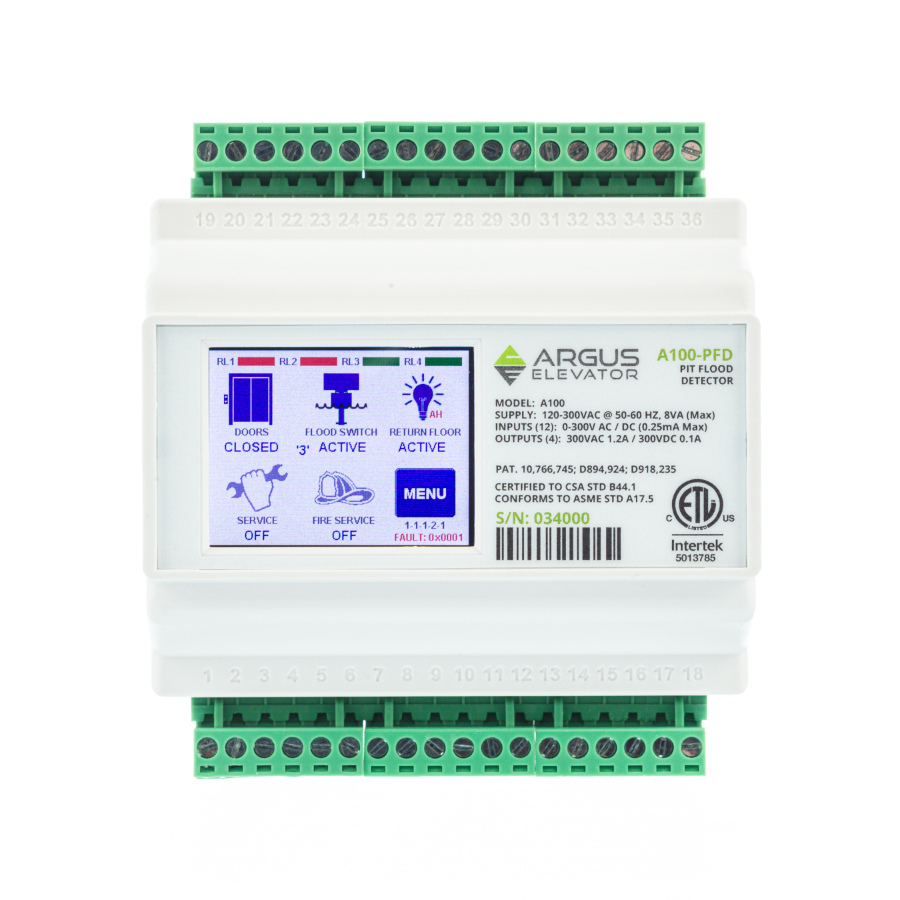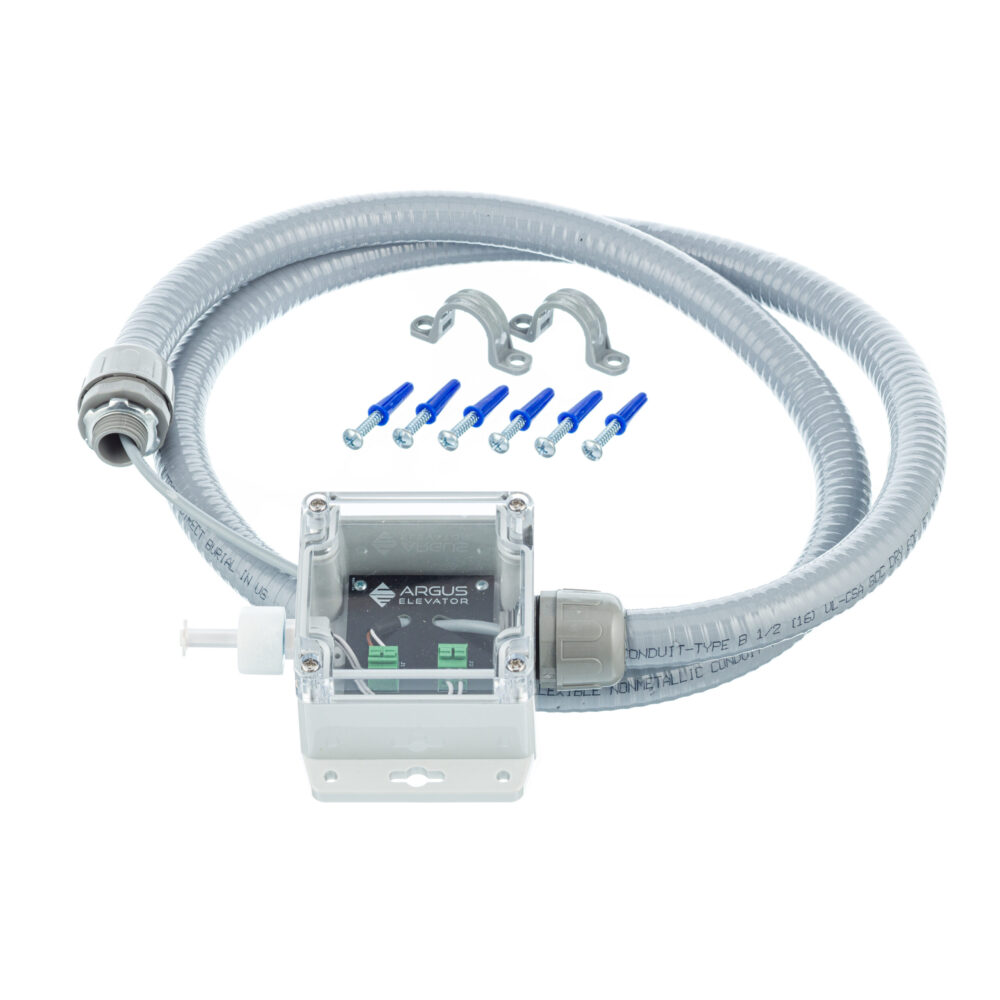Part 1: Pit Flood Detection – Houston 3003.4 vs. ASME A17.1
Part 1: Pit Flood Detection – Houston 3003.4 vs. ASME A17.1
💧 𝗣𝗮𝗿𝘁 𝟭: 𝗣𝗶𝘁 𝗙𝗹𝗼𝗼𝗱 𝗗𝗲𝘁𝗲𝗰𝘁𝗶𝗼𝗻 – 𝗛𝗼𝘂𝘀𝘁𝗼𝗻 𝟯𝟬𝟬𝟯.𝟰 𝘃𝘀. 𝗔𝗦𝗠𝗘 𝗔𝟭𝟳.𝟭
Series Part 1 of 8: Houston 3003.4 vs. ASME A17.1 – Pit Flood Detection
A lot of folks in Houston are asking:
“𝗪𝗵𝗮𝘁’𝘀 𝘁𝗵𝗲 𝗱𝗶𝗳𝗳𝗲𝗿𝗲𝗻𝗰𝗲 𝗯𝗲𝘁𝘄𝗲𝗲𝗻 𝗔𝗦𝗠𝗘 𝗔𝟭𝟳.𝟭 𝗮𝗻𝗱 𝗛𝗼𝘂𝘀𝘁𝗼𝗻’𝘀 𝟯𝟬𝟬𝟯.𝟰 𝗽𝗶𝘁 𝗳𝗹𝗼𝗼𝗱 𝗿𝗲𝗾𝘂𝗶𝗿𝗲𝗺𝗲𝗻𝘁𝘀?”
The big question?
👉 If ASME A17.3 eventually includes flood detection (as many expect) and follows A17.1, how can we prepare now to avoid costly retrofits later?
In this 8-part series, we’ll break down the key differences between the codes and end by sharing practical moves you can make today to save major time and money tomorrow.
We’ll be releasing 1 post per day—and at the end, we’ll wrap it all up with a 𝗺𝗼𝗻𝗲𝘆-𝘀𝗮𝘃𝗶𝗻𝗴 𝗰𝗵𝗲𝗰𝗸𝗹𝗶𝘀𝘁 you won’t want to miss. 💸
Here’s the current landscape:
𝗔𝗦𝗠𝗘 𝗔𝟭𝟳.𝟭: Includes flood detection—for 𝗻𝗲𝘄 elevators.
𝗔𝗦𝗠𝗘 𝗔𝟭𝟳.𝟯: Currently does not include flood detection.
𝗛𝗼𝘂𝘀𝘁𝗼𝗻 𝟯𝟬𝟬𝟯.𝟰: Does include it—designed specifically for 𝗿𝗲𝘁𝗿𝗼𝗳𝗶𝘁𝘁𝗶𝗻𝗴 existing elevators.
🧠 Houston’s code pulls the 𝗸𝗲𝘆 𝘀𝗮𝗳𝗲𝘁𝘆 𝗲𝗹𝗲𝗺𝗲𝗻𝘁𝘀 from A17.1 but intentionally allows more 𝗳𝗹𝗲𝘅𝗶𝗯𝗶𝗹𝗶𝘁𝘆, since it’s meant for systems already in service—where firmware changes or access to every signal isn’t always possible.
At the end of the day, it’s about keeping 𝗽𝗮𝘀𝘀𝗲𝗻𝗴𝗲𝗿𝘀 𝗮𝗻𝗱 𝗲𝗾𝘂𝗶𝗽𝗺𝗲𝗻𝘁 𝘀𝗮𝗳𝗲, while balancing what can realistically be done with existing elevators.
Next up: We’ll talk sensor placement. 👇



